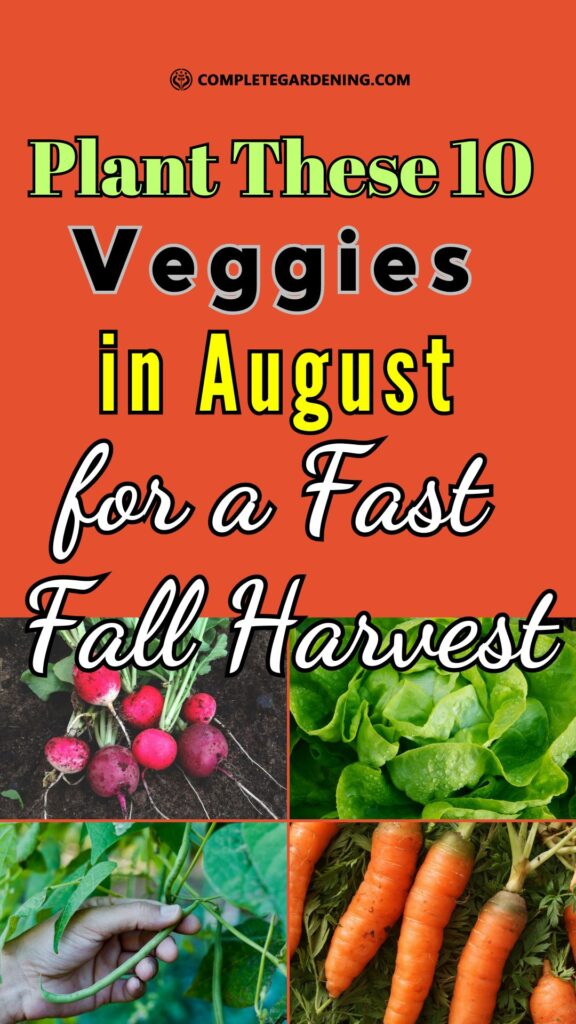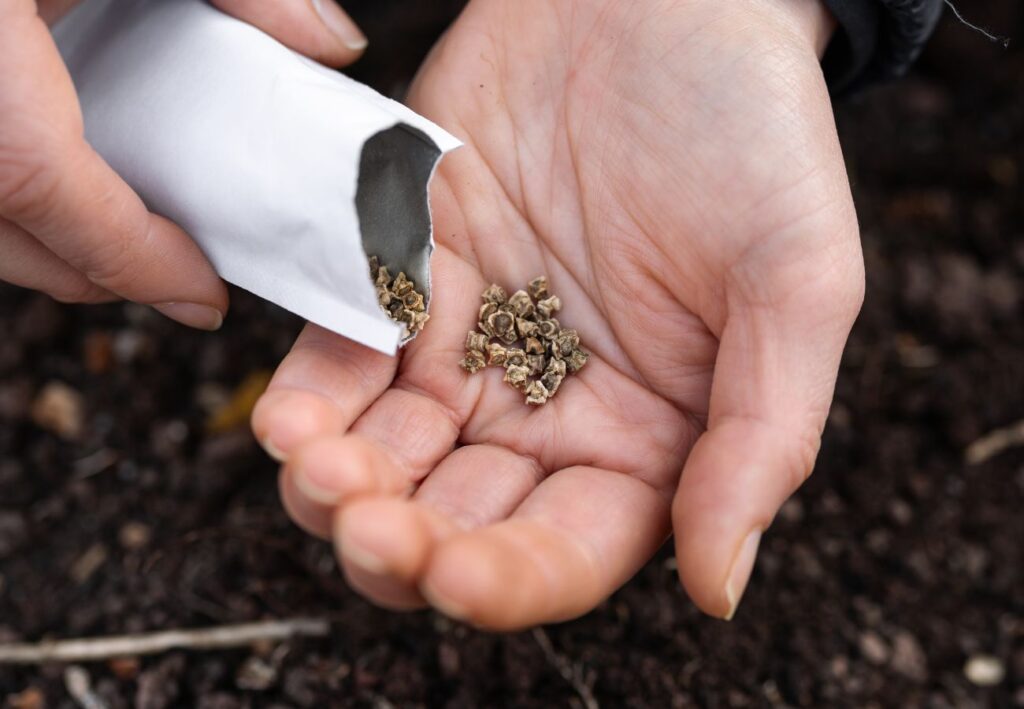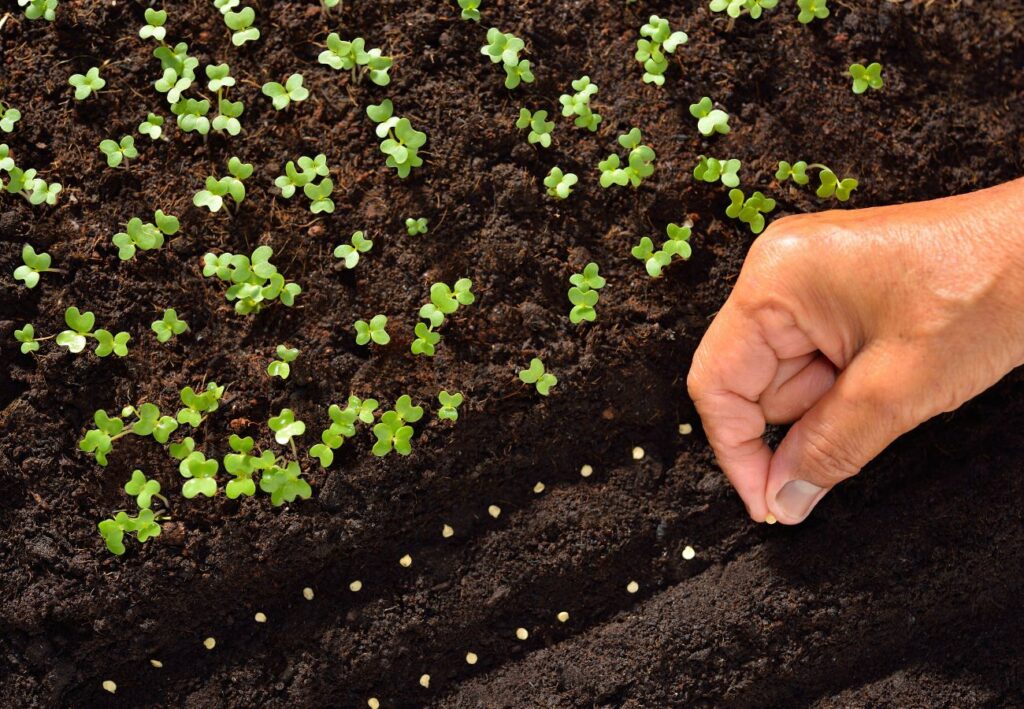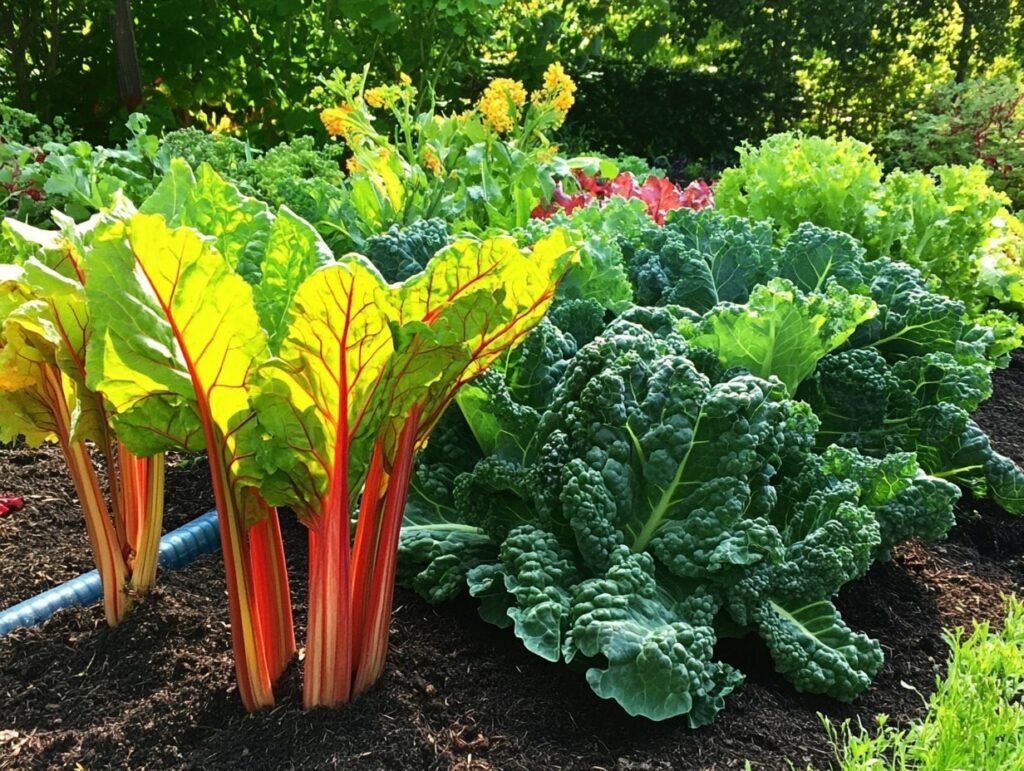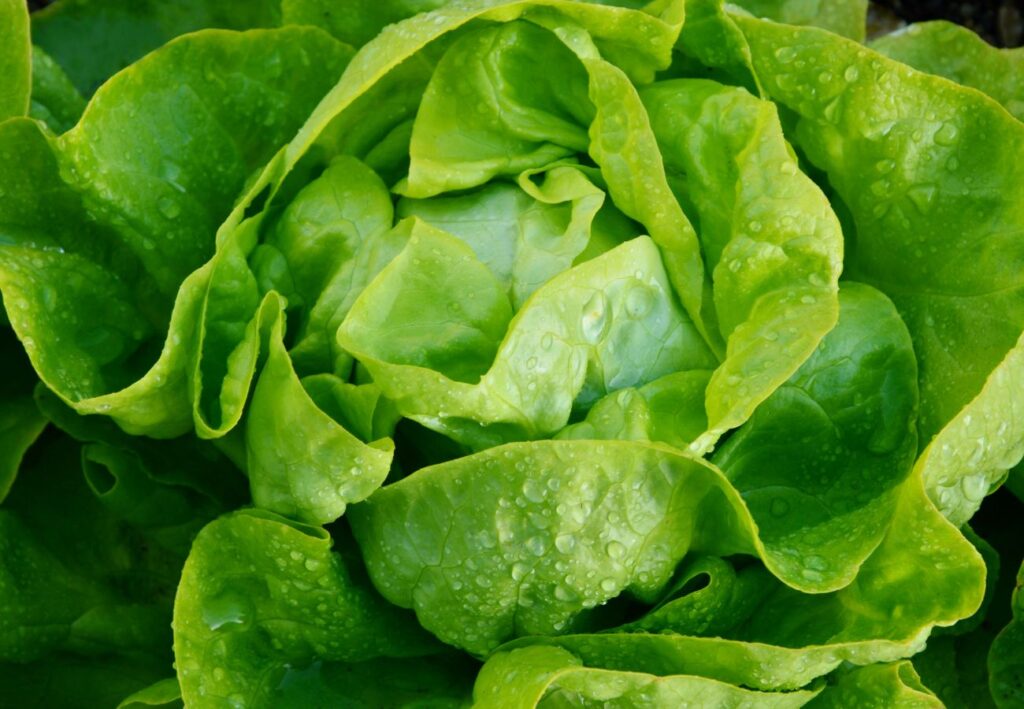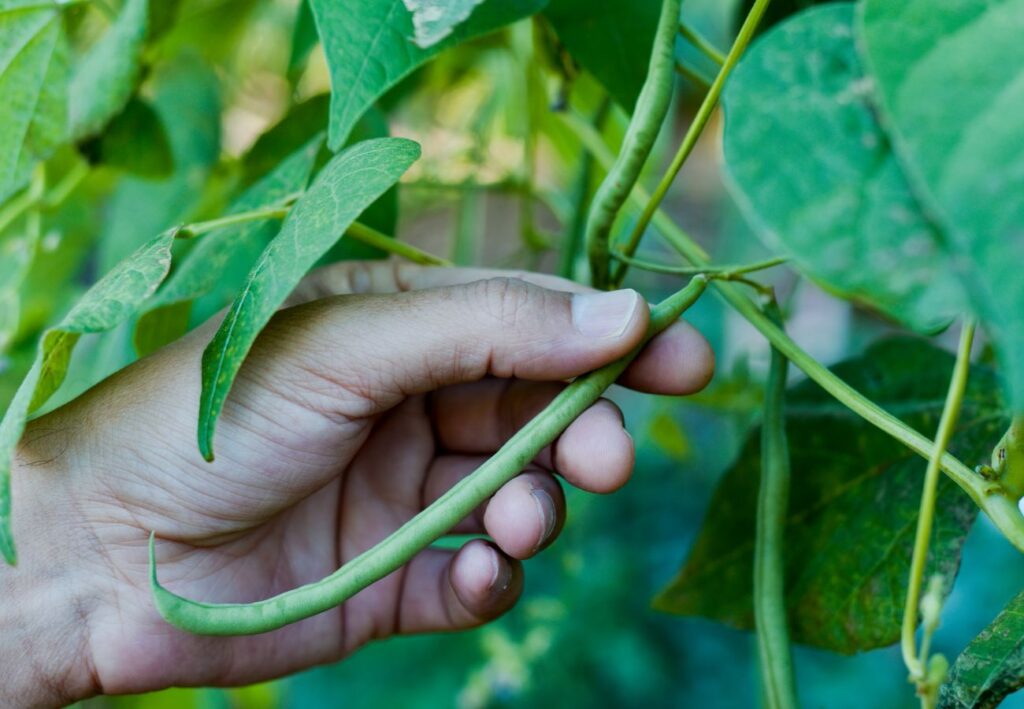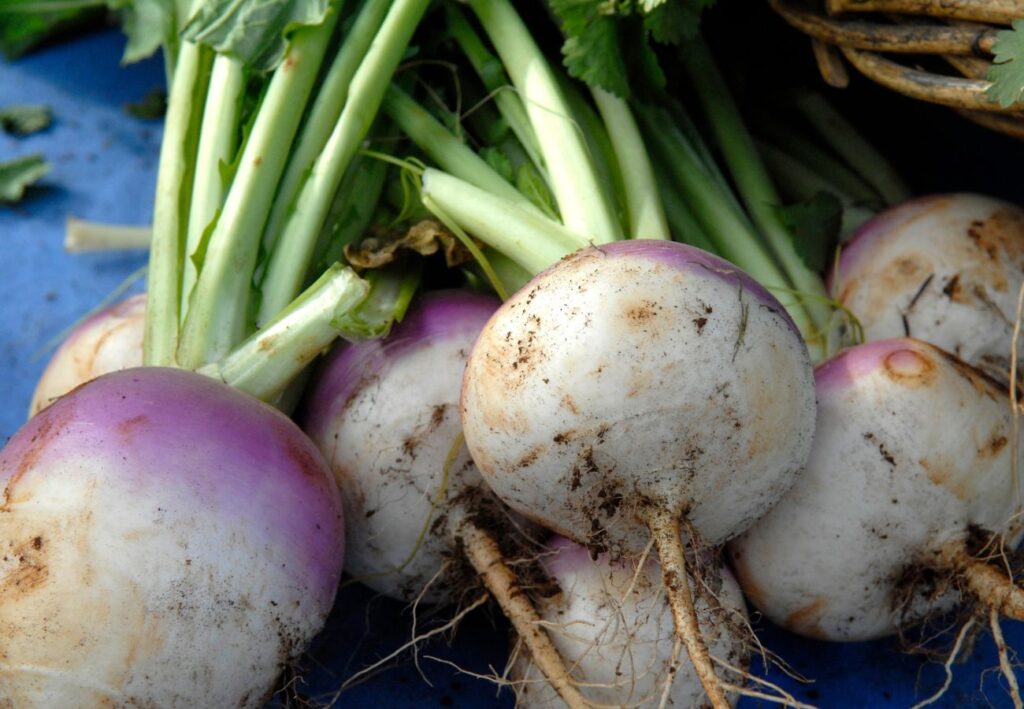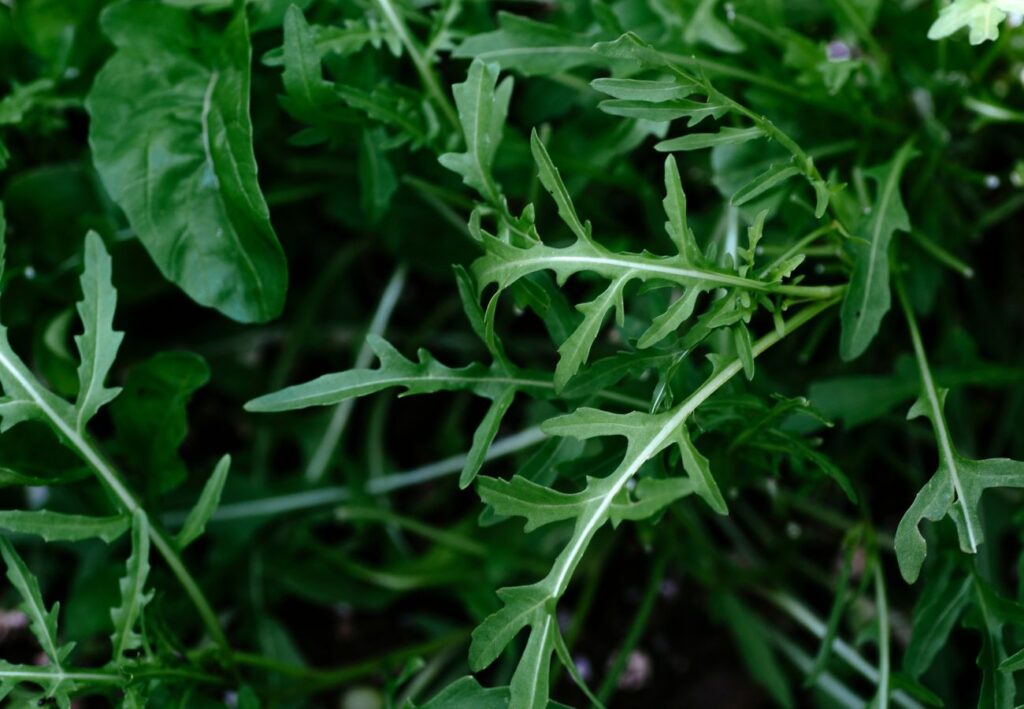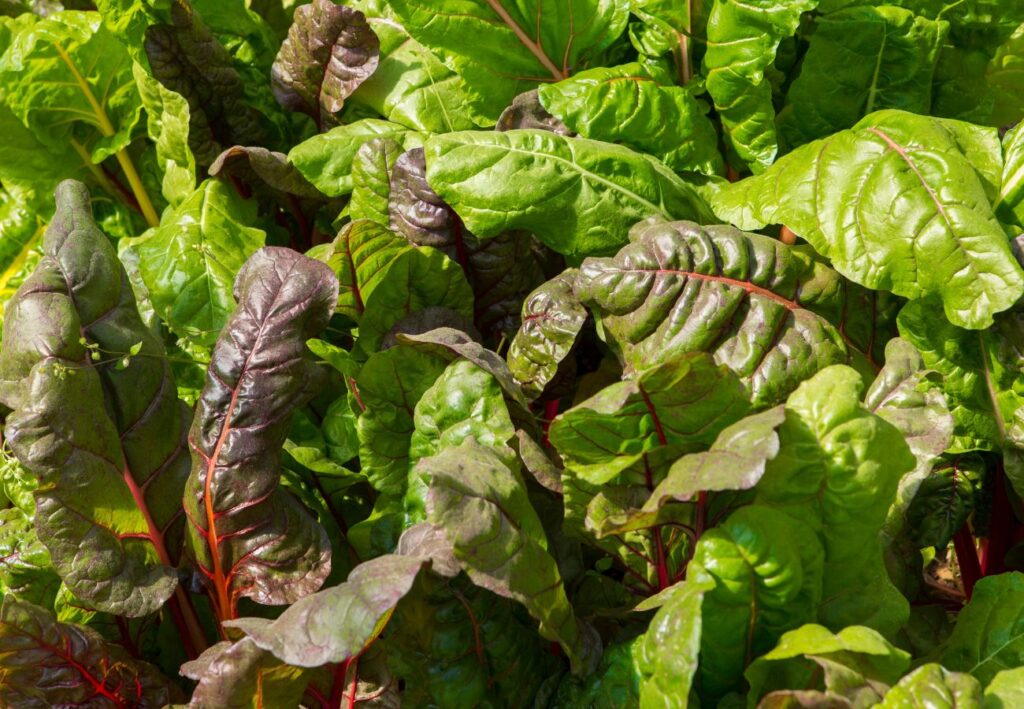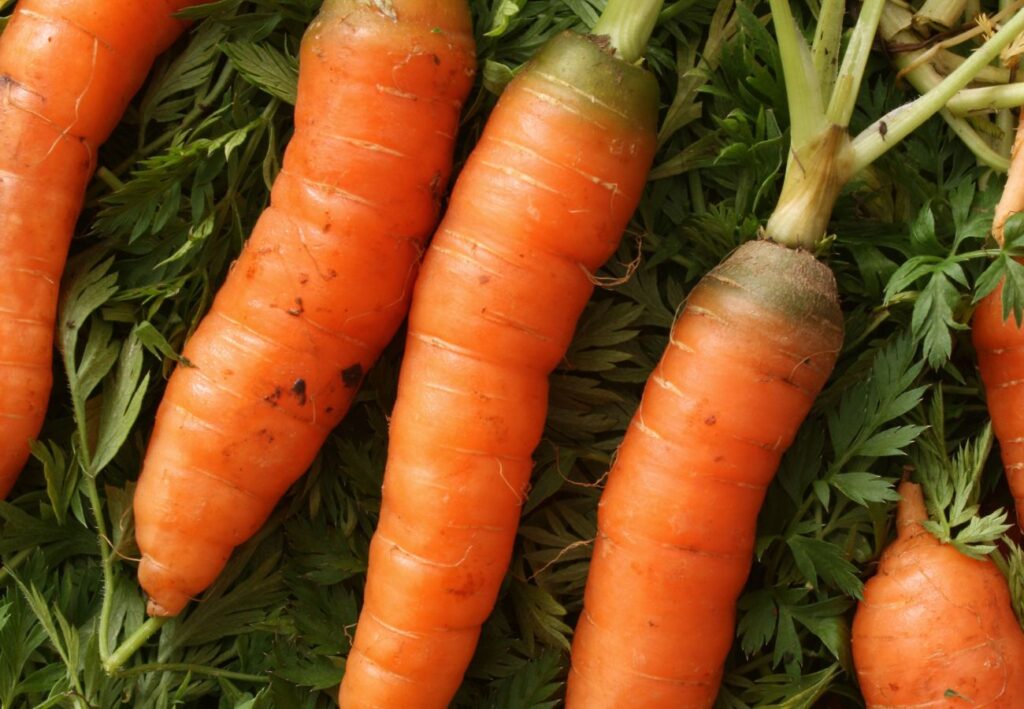August might seem late in the gardening season, but you can still plant certain veggies and enjoy a bountiful harvest before the first frost. Whether you’re a seasoned gardener or just starting, choosing the right vegetables to plant now can make all the difference.
The key is selecting crops that can thrive within the remaining warm days and cooler nights.
Leafy greens like spinach and kale are perfect for a late-summer planting. They grow quickly and prefer the cooler temperatures of autumn, meaning you’ll have fresh greens on your table within a few weeks.
If you’re looking for something heartier, turnips provide a two-for-one deal, producing both tasty greens and flavorful roots.
Don’t forget about radishes. These little root veggies grow fast, often ready for harvest in just a month. They’re an ideal choice if you want a quick return on your gardening efforts. Plus, their crisp texture and spicy flavor add a delightful crunch to salads and dishes.
Choosing the Right Vegetables to Plant in August
When selecting vegetables to plant in August, consider both your local climate and varieties that mature quickly. It’s crucial to pick plants that can thrive in the remaining growing season.
Understanding Your Climate
Your local climate plays a key role in determining which vegetables will succeed. Whether you’re in a temperate, subtropical, or cooler region, knowing the specific weather patterns of the next few months is essential.
For example, in cooler regions, plants that can tolerate lighter frosts, like kale and spinach, should be considered.
Make use of local resources such as agricultural extension offices or gardening clubs. They often provide region-specific advice. While planting, consider using row covers or cold frames to extend the growing season and protect your crops from unexpected frosts.
Quick-Maturing Varieties
For a last-minute harvest, focus on vegetables with shorter growth cycles. Varieties that mature within 30-60 days are ideal. Examples include radishes, lettuce, and baby carrots. These can usually be harvested before the first hard frost hits.
To speed up the growth, you can start seedlings indoors and then transplant them outdoors. Look for seed packets labeled “early” or “fast-growing.” These varieties are specifically bred to mature quickly and are perfect for late-summer planting.
Step-by-Step Guide to Planting Your Vegetables
Planting vegetables in August requires knowledge of sowing techniques and correct plant spacing to ensure a bountiful late-season harvest.
Seed Sowing Techniques
When planting seeds, it’s crucial to understand the specifics of each vegetable. Carrots, for example, should be sown thinly and directly into the soil. Lightly cover them with soil and keep them moist.
Leafy greens like spinach and lettuce can benefit from being started indoors. Use seed trays and a light potting mix. Transplant them once seedlings develop a few true leaves.
Radishes and turnips, on the other hand, thrive when sown directly into the garden. They appreciate well-drained soil and regular watering to grow crisp and flavorful.
Frequent watering is essential in August due to high temperatures. Make sure the soil remains consistently moist. Applying mulch can help retain soil moisture.
Optimal Plant Spacing
Spacing your plants correctly ensures they have enough room to grow without competing for nutrients. Carrots need about 1-2 inches between them. This spacing allows each root to develop properly.
Leafy greens like spinach and lettuce need 4-6 inches between plants. This spacing provides ample room for their leaves to expand. Thin out any extra seedlings after germination to maintain proper distance.
Radishes and turnips require around 2-3 inches apart. Proper spacing guarantees that each root has adequate space to mature. Overcrowding leads to smaller, underdeveloped vegetables.
It’s helpful to create a planting grid or use a measuring stick to ensure accurate spacing. Proper spacing not only helps in growth but also simplifies weeding and harvesting.
Caring for Your Late-Season Vegetable Garden
To ensure a successful late-season harvest, focus on adequate watering and effective pest management. These practices are essential for healthy, productive plants.
Watering Needs for Fast Growth
During late summer, your garden needs consistent and deep watering. Since temperatures may still be high, your vegetables might require watering every day or two.
Early morning watering helps reduce evaporation and allows plants to absorb moisture before the heat kicks in. Mulching is also beneficial, as it helps retain moisture in the soil and keeps roots cool.
Use soaker hoses or drip irrigation systems to deliver water directly to the root zones, minimizing water waste. Be mindful of overwatering, as too much moisture can lead to root diseases.
Pest Management Strategies
Late-season gardens are prone to pests such as aphids, cabbage worms, and spider mites. Inspect your plants daily and remove any visible pests by hand.
Insecticidal soaps and neem oil are effective against many common pests without harming beneficial insects. Encourage natural predators like ladybugs and lacewings in your garden to help control pest populations.
Use row covers to protect young plants from insect damage. Additionally, practice crop rotation and remove any plant debris to prevent pests from overwintering in your garden.
10 Veggies to plant in August for a Fast Fall Harvest
As the summer begins to wind down, many gardeners think it’s too late to plant anything new. However, August is the perfect time to start a variety of fast-growing vegetables that will provide a bountiful harvest before the first frost arrives.
Whether you’re looking to extend your gardening season or make the most of the late summer, these ten veggies are excellent choices for a last-minute harvest.
1. Radishes
Radishes are one of the quickest-growing vegetables, making them ideal for an August planting. They mature in as little as 20 to 30 days, allowing you to enjoy fresh, crunchy radishes well before the first frost.
Planting Tips:
- Sow radish seeds directly into the garden bed about ½ inch deep and 1 inch apart.
- Radishes prefer cooler temperatures, so late summer planting is perfect for them.
- Keep the soil consistently moist to prevent the roots from becoming tough and bitter.
Harvesting: Radishes are ready to harvest when they are about 1 inch in diameter. Don’t wait too long, as they can become woody if left in the ground too long.
2. Lettuce
Lettuce is another fast-growing crop that thrives in cooler weather, making August an excellent time to plant. Depending on the variety, lettuce can be ready to harvest in 30 to 60 days.
Planting Tips:
- Sow seeds directly in the garden or start them indoors and transplant them outside.
- Choose heat-tolerant varieties to ensure they germinate and grow well in the late summer heat.
- Space the seeds about 1 inch apart and thin them to 4-6 inches apart once they start growing.
Harvesting: Lettuce can be harvested as soon as the leaves are large enough to eat. For a continuous supply, pick the outer leaves as needed, leaving the inner leaves to grow.
3. Spinach
Spinach is a cool-weather crop that grows quickly, making it an excellent choice for an August planting. Spinach can mature in as little as 40 days, allowing for a quick turnaround before the cold weather sets in.
Planting Tips:
- Plant spinach seeds directly in the garden about ½ inch deep and 1 inch apart.
- Spinach prefers well-drained soil rich in organic matter.
- Water regularly to keep the soil moist, which will help the seeds germinate and grow.
Harvesting: Harvest spinach leaves when they are large enough to eat, usually around 4-6 inches long. You can cut the outer leaves for a continuous harvest or cut the entire plant at the base.
4. Green Beans
Green beans are a versatile and easy-to-grow vegetable that can be planted in August for a quick harvest. Bush varieties of green beans mature in about 50-60 days, making them perfect for a late summer planting.
Planting Tips:
- Sow green bean seeds directly in the garden about 1 inch deep and 2-3 inches apart.
- Green beans prefer full sun and well-drained soil.
- Provide consistent water to ensure steady growth.
Harvesting: Green beans are ready to harvest when the pods are firm and about the size of a pencil. Pick the beans regularly to encourage more production.
5. Turnips
Turnips are a root vegetable that can be planted in August for a quick fall harvest. They mature in about 50-60 days and are perfect for both their roots and greens.
Planting Tips:
- Sow turnip seeds directly in the garden about ½ inch deep and 2-3 inches apart.
- Turnips prefer well-drained soil with plenty of organic matter.
- Water regularly to keep the soil consistently moist.
Harvesting: Turnips are ready to harvest when the roots are 2-3 inches in diameter. The greens can also be harvested when they are young and tender.
6. Beets
Beets are a fast-growing root vegetable that can be planted in August for a late-season harvest. They mature in about 55-70 days and can be enjoyed for both their roots and greens.
Planting Tips:
- Sow beet seeds directly in the garden about 1 inch deep and 2 inches apart.
- Beets prefer loose, well-drained soil to allow the roots to develop properly.
- Keep the soil consistently moist to encourage even growth.
Harvesting: Beets are ready to harvest when the roots are about the size of a golf ball. The greens can be harvested when they are young and tender.
7. Arugula
Arugula is a leafy green that grows quickly and can be planted in August for a last-minute harvest. It matures in about 30-45 days, making it an ideal choice for late summer planting.
Planting Tips:
- Sow arugula seeds directly in the garden about ¼ inch deep and 1 inch apart.
- Arugula prefers cooler temperatures, so late summer planting is ideal.
- Water regularly to keep the soil moist and encourage fast growth.
Harvesting: Arugula leaves can be harvested when they are about 2-3 inches long. Pick the outer leaves as needed, leaving the inner leaves to grow.
8. Swiss Chard
Swiss chard is a leafy green that can be planted in August for a quick harvest. It matures in about 50-60 days and is a great choice for late summer planting.
Planting Tips:
- Sow Swiss chard seeds directly in the garden about ½ inch deep and 2-3 inches apart.
- Swiss chard prefers well-drained soil and full sun.
- Water regularly to keep the soil moist and encourage steady growth.
Harvesting: Swiss chard leaves can be harvested when they are about 6-8 inches long. Cut the outer leaves first, allowing the inner leaves to continue growing.
9. Kale
Kale is a cool-weather crop that thrives in the cooler temperatures of late summer and early fall. It matures in about 50-70 days, making it a great choice for an August planting.
Planting Tips:
- Sow kale seeds directly in the garden about ½ inch deep and 1 inch apart.
- Kale prefers well-drained soil rich in organic matter.
- Water regularly to keep the soil moist and encourage steady growth.
Harvesting: Kale leaves can be harvested when they are about 6-8 inches long. Pick the outer leaves first, allowing the inner leaves to continue growing.
10. Carrots
Carrots are a root vegetable that can be planted in August for a last-minute harvest. They mature in about 60-80 days, making them a perfect choice for a late summer planting.
Planting Tips:
- Sow carrot seeds directly in the garden about ¼ inch deep and 2-3 inches apart.
- Carrots prefer loose, well-drained soil to allow the roots to develop properly.
- Keep the soil consistently moist to encourage even growth.
Harvesting: Carrots are ready to harvest when the roots are about 1 inch in diameter. They can be harvested earlier for baby carrots or left to mature fully.
Planting vegetables in August is a great way to extend your gardening season and enjoy a fresh harvest before winter arrives.
These ten veggies are perfect for a last-minute planting, offering quick-growing, delicious produce that will enhance your meals and keep your garden productive well into the fall. Enjoy your harvest!

